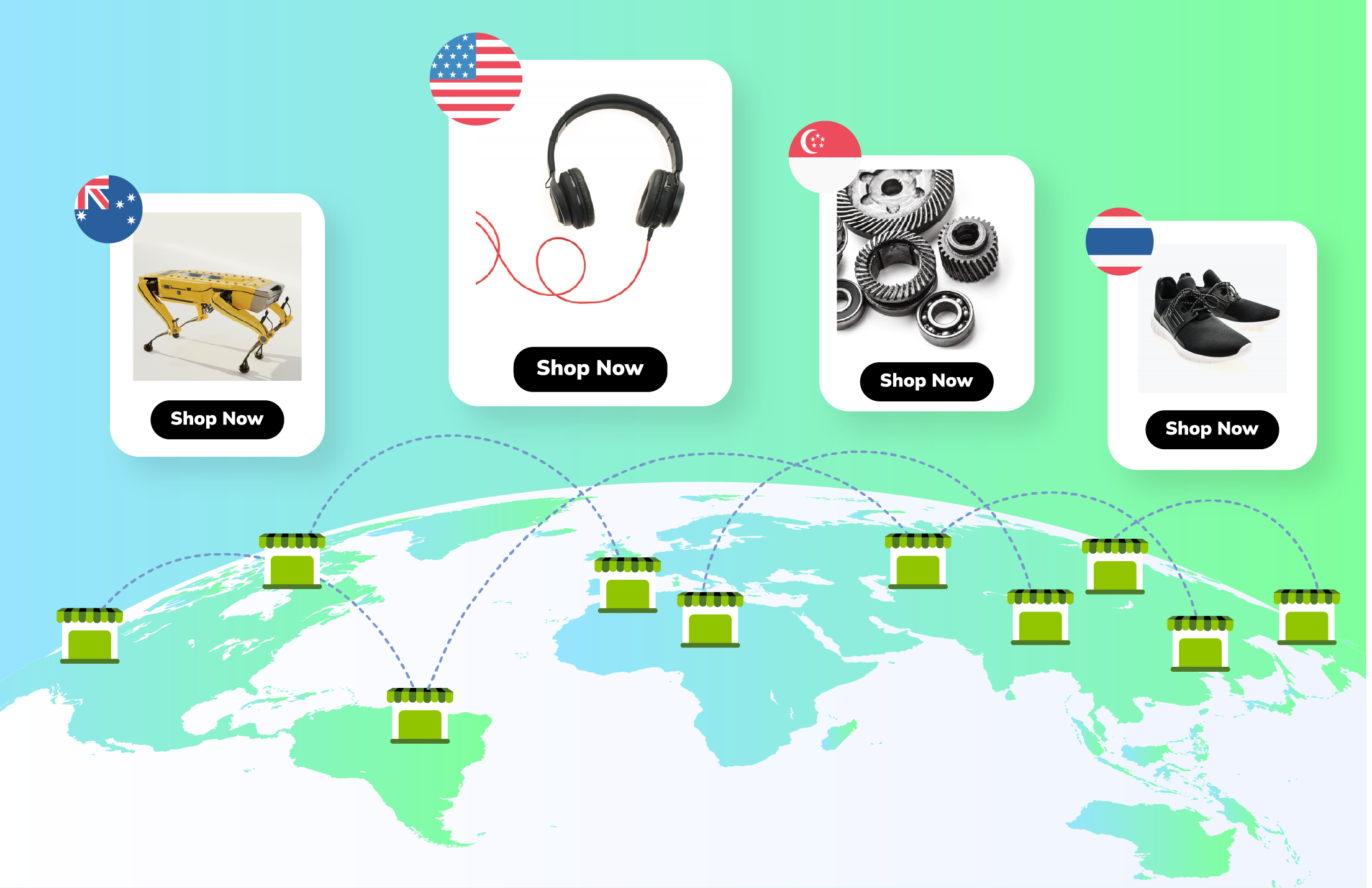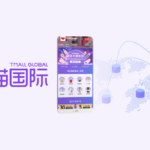Japan has always been unique. An island country with distinct culture, traditions, way of life, it is also a very successful, technologically advanced and rich nation. No wonder Japan is one of the most lucrative markets for many overseas companies. This, of course, applies to the eCommerce market.
Doing eCommerce business in Japan is not an easy task - the country is notoriously difficult for those who come unprepared. In order to succeed, companies need to be aware of the Japanese customers’ attitude toward eCommerce, together with a range of issues related to legislation, taxes, costumes, logistics and so forth.
This article is based on findings from our first edition of the Japan eCommerce Localization guide. The guide offers insights to companies that want to enter Japanese market; it provides an outlook on main areas to be aware of while planning your entering strategy. Full version of the report is available for download on our website.
Country overview
Geography
Japan is an archipelago country, consisting of thousands of islands. Majority of the population, however, resides on four main islands - Hokkaido, Honshu, Kyushu, and Shikoku. Honshu is by far the most popular among these four, being home to 100+ million people.
Japan is divided into eight regions and 47 prefectures. The climate across these regions varies from snowy taiga forests in the north to the tropical islands in the south, but most of the population lives in more moderate climates in the middle of the country.
Population
With a population of about 125 million, Japan is the world's 11th most populous nation. In the last 10 years, however, Japan’s population started to decrease, raising multiple concerns. One of the estimates, by Japanese Health Ministry, predicts a further decrease by about 40 millions in the next 40 years.
Japan has a very aging population. More than 20% of the population is over 65, with this share set to increase to 33% by 2030.
The country primarily speaks Japanese, with English being taught as a second language from elementary school. Japanese people tend to associate religiously with both Shinto and Buddhism, often celebrating the festivals of both, but may not practice either any further than this.
Economy
Japan is the third biggest economy in the world, after the US and China. Its GDP (nominal) is around 5 trillion USD, and GDP per capita is around 40,000 USD (second highest in Asia, after Singapore).
Almost 70% of the total economic output of Japan comes from services. The country is also a major manufacturer of high-tech goods: automobiles, machine tools, textiles and so on.
Japan has a highly developed and efficient infrastructure: 750,000 miles of well-maintained roads, world-famous train networks, 175 airports (including Asia’s second busiest Haneda near Tokyo).
Foreign Direct Investment
While Japan is among the largest investors in the world, foreign investment into Japan used to be somewhat unstable and fairly low compared to other developed nations.
Currently Japan is taking steps to open itself up to foreign businesses and investments. In 2019, FDI increased to 14.5 billion USD from 9.8 billion USD the previous year. The number decreased to 10.3 billion USD in 2020, due to the pandemic.
In 2020 Japan rose 10 places over 2019 to rank 29th (out of 190) on the World Bank’s Ease of Doing Business report. Restrictions are relatively relaxed, with only a few industries (weapon, nuclear and similar) limiting FDI.
eCommerce in Japan
eCommerce makes up just 6.2% of total retail in Japan, below the global average and significantly below the Asian average. However, due to the size of Japan’s economy, this still represents an industry that is worth around 160 billion USD. eCommerce growth is 89% from 2012 to 2018 (which is equal to average yearly growth of 11%).
eCommerce Platforms
Japanese eCommerce landscape is a mixture of both international and domestic platforms. International ones represented primarily by huge international giants such as Amazon (both Amazon Japan and international Amazon) and Yahoo (that includes C2C Yahoo Auctions and more traditional Yahoo Shopping). Another international player, recently entered Japanese eCommerce scene is Chinese TMall, the large B2C brand-based platform in Alibaba’s ecosystem.
Domestic-originated part of Japanese eCommerce is represented by Rakuten Ichiba, a homegrown Japanese eCommerce giant that owns several overseas eCommerce platforms on top of its Japanese business. Other domestic marketplaces, trailing far behind Rakuten, are such platforms as dmm.com, Mercari, Wowma.
Legislative framework
There is no one government body in charge of eCommerce, so eCommerce is regulated by several ministries, including: The Ministry of Economy, Trade and Industry, The Ministry of Finance (MoF); The Ministry of Internal Affairs and Communications (MIC).
There are a number of laws relevant to eCommerce - from acts that govern online issues in general to specific digital trading regulations that require eCommerce platforms to submit an annual report to METI on their business practices. You can find more detailed information about particular pieces of legislature in the full version of the report.
Online sales Channels
Marketplaces
Marketplaces account for the lion’s share of B2C eCommerce transactions. While there are successful standalone brand web-stores, most brands opt to have a presence on one of the leading B2C eCommerce platforms whether or not they operate a standalone web-store in the first place.
When choosing the marketplace to be the base of your operation in Japan, there are quite a few factors to consider. You might want to look at the business model, adopted by a platform, its support for brand flagship stores, look into which best-selling product categories it already has. Not the least important are such factors as cost, support for marketing and logistics.
The Japan Localization guide contains detailed information on all these aspects, covering in detail the setup process, available payment options, costs, marketing, logistics options and so on.
Independent web store
Setting up your own store is also an option when you are setting up an eCommerce presence in Japan. It comes, however, with a set of potential issues that you need to be aware of. In the report we outline all potential benefits and drawbacks of having an independent store, together with some options to address those drawbacks.
Customer Behavior
Japanese consumers are relatively wealthy, highly sophisticated, and have a fairly unique consumer culture that does not necessarily conform to those in other parts of the developed world. Japanese consumers have high expectations, they prefer companies that follow the Japanese way of doing business as well as marketing.
Despite the demand for foreign companies to comply with local ways, foreign brands and products themselves are generally well-liked and even sought-after. Sometimes this is merely because such products may not be otherwise available in Japan, but more often this is because of the international reputation and glamor associated with the brand or its country of origin.
On average, Japanese consumers spend 825.20 USD on eCommerce each year. More than half of B2C spending happens on mobile devices, as opposed to desktop or laptop computers, or tablets.
Payment Methods
Like in the US, cards are the main payment method in Japan, but unlike the US, in Japan this is actually a very recent phenomenon. In preparation for the planned 2020 Olympics, the Japanese government introduced cash-back initiatives to encourage cashless payments. These resulted in a strong shift towards both card and mobile payments.
Due to the explosion of interest in the use of non-cash payments over the past two years, Japan has seen a whole host of payment gateways pop up. Prominent gateways LINE Pay, MerPay, and more have joined forces to create the Mobile Payment Alliance. The MPA aims to simplify mobile payment support for stores, reducing the number of individual competing systems they need to implement.
Market Entry
Local Legal Entity
Although on paper Japan has been fairly open to market entry for foreigners, in reality many companies have found it difficult to enter successfully. This is due to a number of factors: language requirements, fierce domestic competition, consumer expectations, cultural differences and many others.
In order to overcome entry challenges, some companies opt to one of three approaches:
- partner with a local counterpart as part of a joint venture
- work through a Japanese agent
- acquire a local company staffed by local employees with experience operating in the market.
In the Japan Localization Guide we describe pros and cons of each approach, explore when it is advisable to choose one, and provide a step-by-step implementation plan of each option.
Distribution and logistics
Japan’s logistics network is among the most advanced and complete in the world. The World Bank’s Logistics Performance Index ranks Japan 5th in the world, the highest in all of Asia and below only Germany, Sweden, Belgium, and Austria.
In the guide we provide a detailed 6-step practical guide to set up logistics for your enterprise.
Customs and Taxation
There are a few things you need to take into consideration, pertaining to getting clearing from customs for your goods. There are import procedures to follow and documentation to fill. You have to be aware of required certifications, packaging, labelling for your product. While some products may require specific quarantine procedures on arrival, some are prohibited for import altogether - something you definitely need to be aware of. In the report we gave an overview of these procedures, providing links to detailed lists and official documents regulating exact rules for particular product groups.
Speaking of taxation, we also outline the main taxes you most likely need to know about to start an eCommerce business in Japan: from Import Tax, Corporate Income Tax and VAT.
If you’re interested to know more about Japan's eCommerce market, check out our Japan eCommerce Market GuideThis in-depth primer aims to be your one-stop guide to the Japan eCommerce market, including how to take your business there and succeed.Japan eCommerce Market Localization Guide. The guide talks at great lengths about Japan's cross-border eCommerce ecosystem and gives an in-depth analysis of the main aspects of Japan eCommerce localization: entry strategies, logistics, payment options, sales channels, marketing and social media strategies and so on. This guide – updated periodically – was made with the intention of helping you and your business enter and flourish in the Japanese eCommerce market.












